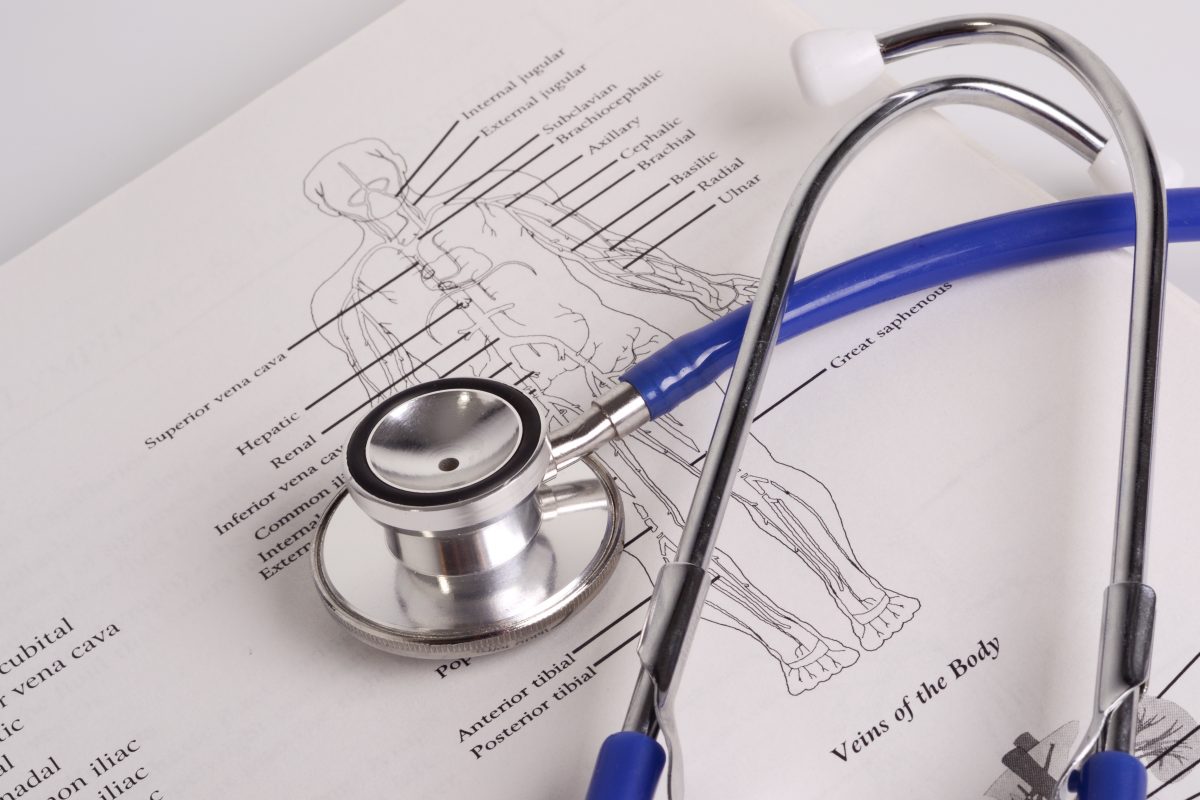As a student yourself, you know how hard it can be to retain all the knowledge from books, papers and your lectures. The same applies to medical students, who learn complex structures and anatomy based on those teaching materials. This way of learning which is mainly focused on paper-based learning might cause misunderstandings as it is hard to imagine the 3D relationship between components based on 2D materials. If you’re one of the few lucky ones and attend an educational institution with more resources, you will probably get the chance to dissect actual cadavers. Unfortunately, teaching resources such as real-life cadavers have strict storage restrictions based on health and safety rules and more importantly, they are limited.
Nowadays medical procedures and responsibilities are becoming increasingly complex and time constraints are placed on trainee work. For those reasons, there’s an even bigger need for tools that are able to accelerate learning and enhance the realism of training. And this is exactly where VR and AR applications are adding value to medical education.
First of all, it’s useful to shortly explain and differentiate VR and AR.
Virtual Reality (VR) makes use of computer technology to create a simulated environment, where users are immersed in an environment and can interact in this 3D world. Technological advances in motion detection, haptics and display systems have allowed users to have a realistic and interactive experience, enabling this technology to be ideal for training in hands-on procedures. Augmented Reality (AR) in contrary provides the ability to project virtual information and structures over physical objects, thus enhancing or altering the real environment. A good example of this is the super popular app Pokémon Go, where Pokémon’s appear anchored to your real-world environment right in front of you.
Although both technologies do share many technical aspects, VR differs from AR as its target is to construct a fully artificial environment instead of overlay computer-generated images onto images of the real world.

So, how do these technologies improve medical education?
Students are able to perform surgical or medical procedures on a digital patient that seems very real thanks to virtual reality. The student is making motions and important decisions, while wearing goggles, holding a controller in each hand and a headset connected to a computer program A student is making motions. Although all of this is happening in real time and real life, the procedure is only occurring in virtual reality. The learning opportunity can extend to an entire class: Other students can also wear goggles and join in to watch their colleague’s progress.
Another use case is the use of augmented reality for off-site training. As a direct result of the COVID-19 pandemic, universities and hospitals have been exploring novel methods of training students and employees that reduce the need for on-site training. Using AR for off-site training allows for familiarization with equipment so that when on-site training does occur, the time necessary is significantly collapsed to only the essentials of technique and protocols. On top of that, medical devices often cost thousands of dollars and therefore, it can be impractical to provide access to every trainee. An AR asset, the so-called “Digital-Twin,” mirrors the functionality of real equipment and can be deployed to anyone with a smartphone, and through simple, guided click and tap interactivity, digital muscle memory can be built up that translates directly to skills in the field.
These are just a few of the use cases made possible by VR and AR technology. At the moment researchers are working on finding new ways to apply these technologies further and on improving the quality.
Although nothing can beat the real-world experience, the goods news is that learning through virtual reality and augmented reality will have unlimited possibilities. Students will never get enough practice, and these tools are great for this purpose. Just as the flight industry improves safety by allowing novices and experienced pilots to train on a flight simulator, the medical industry can also do the same by allowing trainees and doctors to hone their skills through VR and AR.
References
https://www.cgsinc.com/blog/four-use-cases-augmented-reality-medical-education
https://www.businessinsider.com/what-is-augmented-reality?international=true&r=US&IR=T



Interesting article! Of course, we are all familiar with technologies being used to enhance education, but I believe it is especially important and rewarding in particular studies, such as in medical education. In the medical world, there are many situations where it is about about life or death and it cannot be afforded to make mistakes. The same counts for for pilots; they cannot afford to make mistakes because then the plane would crash. I think specifically for these education programmes, VR and AR could open new avenues and improve the learning curve of students. Due to these technologies, they are able to experience and practice with real-life example. Also, these technologies can be used on larger scales and it increases accessibility to certain educations. The main disadvantage is that these technologies require large investments, for both the developing of the programmes but also for universities/institutes buying the hardware and programmes. I do however see many advantages of VR and AR in education and I think it can lead to great opportunities.